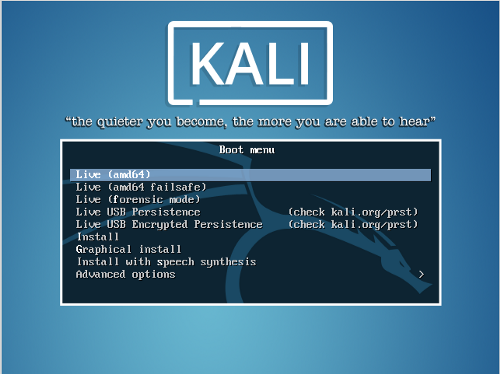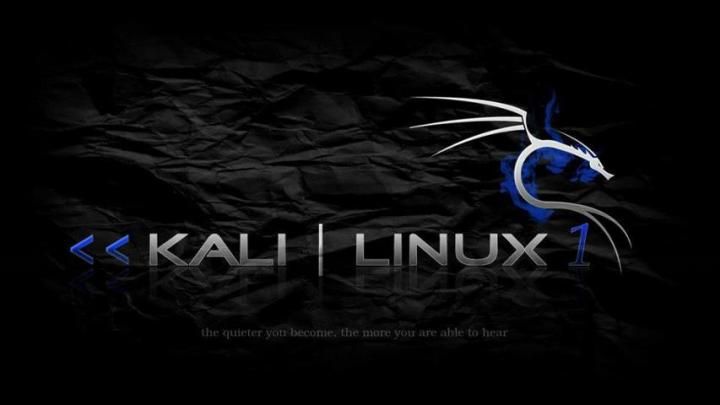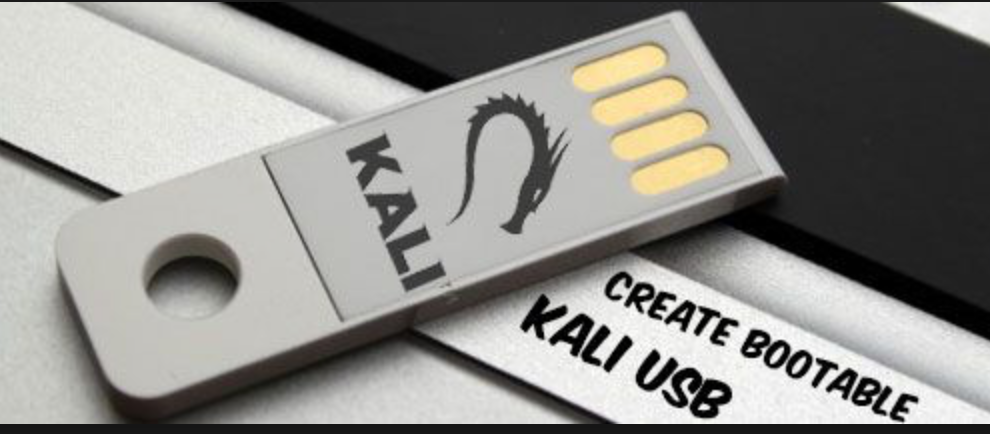Hello to you, I welcome you in my last Blog article. Here we’re going to talk about Kali Linux, you want to know more about Kali Linux, here are the links to the Kali Linux community and to download this distributions
- Kali Linux Website: https://www.kali.org/
- Kali Linux Forum: https://forums.kali.org/
- Download Kali Linux: https://www.kali.org/downloads/
Introduction: What is Kali Linux
The development is led by mati aharoni and devon kearns during the rewriting of backtrack, their previous linux distribution dedicated to information technology, which was based on ubuntu. The third lead developer then joins them as a debian5 expert. Kali linux is on debian testing. Most of the packages used come from the debian6 repositories. Kali linux is developed in a secure development environment, where only centimeters of trusted people are allowed to contribute by altering packages, each package being moreover signed by its developer.

The kali kernel has also been adapted to be made less vulnerable to injection attacks. This is motivated by the development team’s need to perform wireless network analysis7. Using kali linux 1. 1. 0 kali linux is accessible provided by live dvd. It is also possible to install it on a hard disk, on a usb protocol, to set up a pxe boot, or to virtualize it over its operating system via virtual disk images available for download. It is also possible to build your own dvd with the debian live-build scripts.
This distribution is used by security auditors of information tools within the framework of the automated first level audit, allowing to evaluate the intrinsic security of an environment. Kali linux offers a choice of 6007 pre-installed security analysis programs, including armitage ( software ) (a graphical attack control tool), nmap ( a port scanner ), wireshark ( a packet analyzer ), john the ripper ( a passphrase cracking tool ), aircrack ( a software suite for mobile network security analysis ), burp suite, owasp zap ( en ) ( both of the security scanners for web applications ) 8 and even a social engineering tool.
To start with kali if you are familiar with linux, especially with a version of debian like ubuntu (or, well, debian directly), then kali will look familiar, preferably at first. Open a terminal and snoop around. It is officially recognized as a compliant variant of debian by the debian project, and with a default gnome desktop, it has the look and feel you can expect at first glance.
Fast-forward to this session of a 39-45 war movie where a gray sergeant and cigar cutter removes the dusty tarpaulin that covers the big guns. This is pretty much what it feels like to deploy Kali and start having fun with it.
Especially since pointing most of these tools at targets without their permission is illegal under the law of security of networks and information tools (law n°2018-133 of February 26, 2018) in France, but there are equivalents all over the world. Again, kali is not to be used as a daily default ös, but should be used for most security tests. As such, it is frequently installed on a virtual machine on a pc, with vmware or virtualbox on a windows, mac, or even linux host. Kali also installs perfectly as vm qubes. Newbies can start by downloading a preconfigured vm vmware or virtualbox to be quickly operational.

Who is Kali for?
Kali is a specialized linux distribution for experienced linux users who need an offensive penetration testing platform focused on security. “If you’re not familiar with linux most of the time, if you don’t have at least a basic level of competence in system administration, if you’re looking for a linux distribution to use as a learning tool to familiarize yourself with linux, or if you’re looking for a distribution that you can use as a general-purpose administrative installation, kali linux is probably not what you want,” explain the kali administrators on their site.
How to install Kali Linux on a USB key
Let me tell you right away, the kali linux distribution is not a distribution to recommend for beginners and you can read it on the kali linux website. Indeed, this distribution includes a large number of tools (more than 300) to perform security tests on computer systems and obviously, on everything related to the network. It is therefore necessary to have a good knowledge of linux and network analysis tools management to be able to use kali linux to the end.
However even if kali linux is not the preferred operating system to start with, it is known and often requested by many users. For those who have followed the history of this distribution, kali linux succeeds to backtrack whose last version 5 released in 2012 is no longer supported.
Backtrack was based on slackware while kali linux decided to use debian as its base. This recommended term integrates new features, plus taking into account new hardware such as wifi network cards. Making a kali bootable usb drive ( windows ) our favourite way, and the fastest method, to have up and running with kali linux should be to run it “live” from a usb drive.
This method has several advantages: it’s non-destructive – it makes no changes to the host system’s hard drive or installed os, and to go back to normal operations, you simply remove the “kali live” usb drive and restart the system. It’s portable – you can carry kali linux on the pocket and have it running in minutes on an available system it’s customizable – you can roll your very own custom kali linux iso image and put it onto a usb drive while using the same procedures it’s potentially persistent – with a bit of extra effort, you can configure your kali linux “live” usb drive to have persistent storage, so the data you collect is saved across reboots in order to do this, we first ought to create a bootable usb drive which continues to be established from an iso image of kali linux.
What you’ll need a verified copy of the appropriate iso image of the latest kali build image within the system you’ll be running it on: see the details on downloading official kali linux images. If you’re running under windows, there is certainly not one tool that’s considered the overall best for imaging. We recommend etcher, however rufus is another popular option. If one isn’t going to work for you, consider the other.
A usb thumb drive, 4gb or larger. ( systems with a direct sd card slot can use an sd card with similar capacity. The procedure is identical. ) you would like to try the linux experience but don’t want to install it as a dual-boot near windows, or install it on a computer as a single operating system.
The solution is then what is called a linux live-usb, or install linux on a usb asset that you can then use on your computer without modifying anything. The problem with a live-usb system is that you can test it and work on it as much as you want but once you shut down the computer, everything you’ve done will be lost.

Luckily, the kali distribution has provided a persistence feature on its live-usb keys in the form of a partition which results in preserving your configuration, your changes and all the operations and work you’ve done before you shut down your computer. Your key then becomes a real mini-computer. The new “kali linux” backtrack is really nice, the first disadvantage is its assembly on a USB key.
Indeed with yumi, unetbootin and so on the graphical installation menu of kali disappears. After some research I found an excellent tool that allows to better prepare the kali iso and to install it on a usb device.





